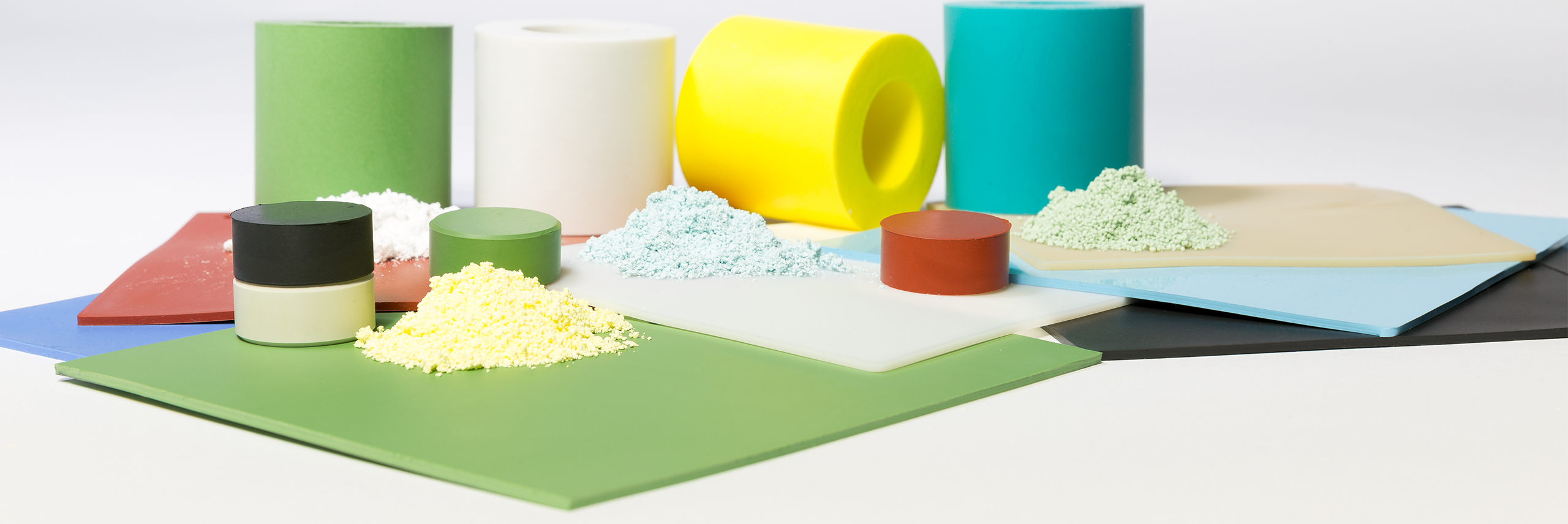NBR/HNBR
Nitrile Butadiene Rubber (NBR) is one of the oldest and most basic man-made elastomers used for sealing. Hydrogenated Nitrile Butadiene Rubber (HNBR) is produced by selective hydrogenation of the butadiene groups.

What is NBR/HNBR?
NBR (Nitrile Butadiene Rubber) is one of the oldest and most basic man-made elastomers used for sealing. It’s a member of the R-Group of synthetic rubbers – which means it has an unsaturated hydrogen carbon chain. It can be formulated with differing levels of Acrylonitrile (ACN) which will impact the ultimate chemical resistance and temperature range capability of the specific compound. All NBR’s generally have good levels of mechanical properties such as elongation at break, abrasion and compression set resistance.
HNBR (Hydrogenated Nitrile Butadiene Rubber) is produced by selective hydrogenation of the butadiene groups, and results in a material which has improved mechanical properties and a higher temperature capability. As with NBR, the ACN content within the specific compound will determine temperature and fluid resistance. The popular terms of “high”, “medium” and “low” nitrile are often used to indicate the ACN content although this can be too superficial to ensure robust performance in the application.
When to use NBR/HNBR
NBR compounds are relatively easy to produce and are the most commonly used materials in the sealing industry, as well as being widely used for other products such as belts, rollers and hoses. An NBR seal is often the most cost effective choice for applications with moderately demanding requirements for temperature and fluid resistance.
HNBR compounds are more expensive but can offer significant advantages in some applications. In terms of fluid resistance (notably hydrogen sulphide and amines in oil and gas applications) and mechanical strength and overall life, for a modest increase in initial cost. Both materials can be processed by high (injection moulding) and low (compression moulding) volumes cost effectively.
Standard NBR/HNBR materials
This is a small selection of our general purpose NBR/HNBR materials. Many more compounds are available and can be chosen to suit the specifics of the application.
The tensile strength and elongation are for specification purposes. Typical achieved values can be significantly higher.
Temperature range is general recommendation for static application in air. Temperature ratings are subject to full application review.

